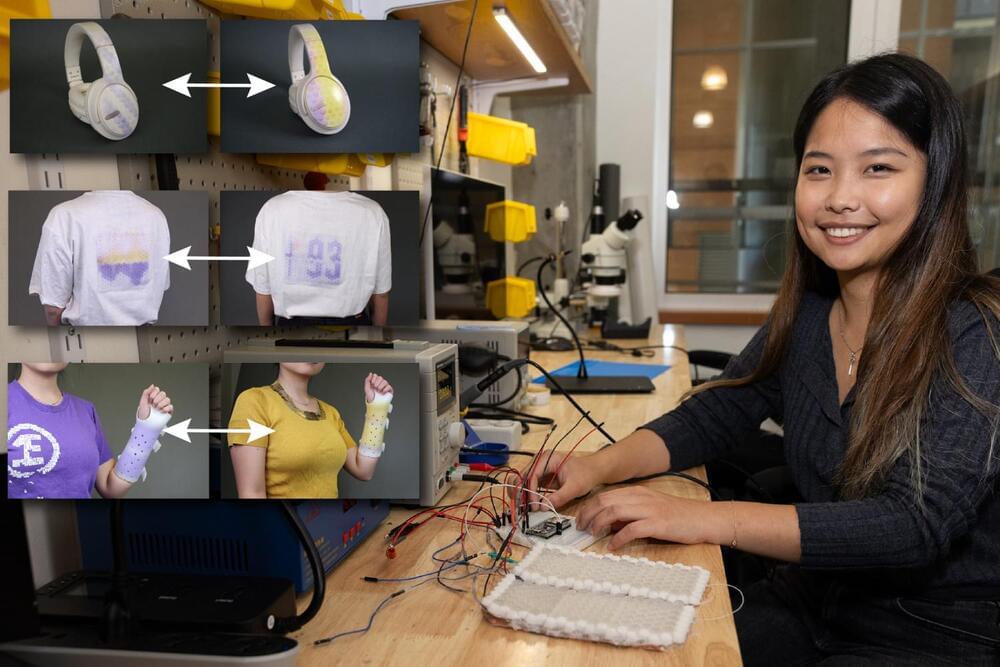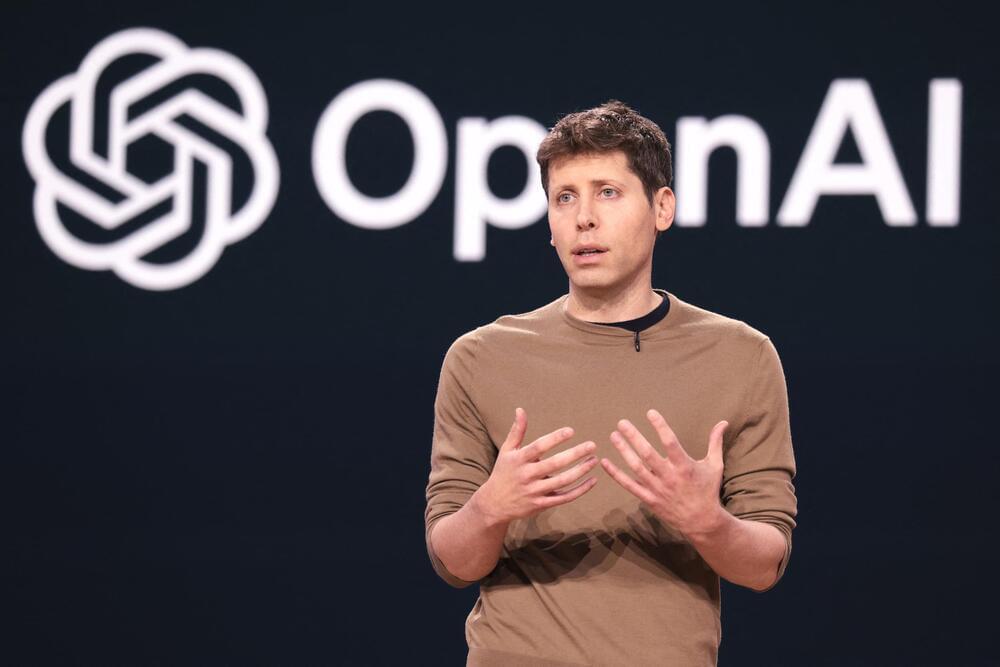Study shows kidney and nerve tissue cells learn and make memories in ways similar to neurons.
Researchers from MIT’s Computer Science and Artificial Intelligence Laboratory (CSAIL), the University of California at Berkeley, and Aarhus University have taken an intriguing step forward by fabricating “PortaChrome,” a portable light system and design tool that can change the color and textures…
The portable light system and design tool “PortaChrome” uses UV and RGB LEDs to activate photochromic dye, reprogramming everyday objects like shirts. The MIT CSAIL researchers’ software can help users turn items into multicolor displays of fashion designs and health data.
Since the public release of OpenAI’s ChatGPT, artificial intelligence (AI) has quickly become a driving force in innovation and everyday life, sparking both excitement and concern. AI promises breakthroughs in fields like medicine, education, and energy, with the potential to solve some of society’s toughest challenges. But at the same time, fears around job displacement, privacy, and the spread of misinformation have led many to call for tighter government control.
Many are now seeking swift government intervention to regulate AI’s development in the waning “lame duck” session before the inauguration of the next Congress. These efforts have been led by tech giants, including OpenAI, Amazon, Google, and Microsoft, under the guise of securing “responsible development of advanced AI systems” from risks like misinformation and bias. Building on the Biden administration’s executive order to create the U.S. Artificial Intelligence Safety Institute (AISI) and mandate that AI “safety tests,” among other things, be reported to the government, the bipartisan negotiations would permanently authorize the AISI to act as the nation’s primary AI regulatory agency.
The problem is, the measures pushed by these lobbying campaigns favor large, entrenched corporations, sidelining smaller competitors and stifling innovation. If Congress moves forward with establishing a federal AI safety agency, even with the best of intentions, it risks cementing Big Tech’s dominance at the expense of startups. Rather than fostering competition, such regulation would likely serve the interests of the industry’s largest corporations, stifling entrepreneurship and limiting AI’s potential to transform America—and the world—for the better. The unintended consequences are serious: slower product improvement, fewer technological breakthroughs, and severe costs to the economy and consumers.
We all want to ‘age successfully’ with as few health issues as possible. A new study suggests getting more than seven hours of sleep a night could go a long way to achieving that goal.
The study involved 3,306 participants aged 45 and over, whose sleep habits were recorded in 2011, 2013, and 2015, followed by a health check five years later. The data, analyzed by a team from Wenzhou Medical University in China, showed that those who bank at least seven hours of sleep a night tend to have significantly better health later in life.
“Successful aging was evaluated in 2020 and was defined as being free of major chronic diseases, no physical impairment, high cognitive function, good mental health, and active engagement with life,” write the researchers in their published paper.
By 2027, Germany will be drawing clean energy from a renewable source in Lingen that provides 300 MW electricity capacity generated from green hydrogen.
Uncover Zealandia, Earth’s hidden eighth continent. Discover its geological evolution from Gondwana to its present submerged state.
Novel magnetic nanodiscs could provide a much less invasive way of stimulating parts of the brain, paving the way for stimulation therapies without implants or genetic modification, MIT researchers report.
The scientists envision that the tiny discs, which are about 250 nanometers across (about 1/500 the width of a human hair), would be injected directly into the desired location in the brain. From there, they could be activated at any time simply by applying a magnetic field outside the body. The new particles could quickly find applications in biomedical research, and eventually, after sufficient testing, might be applied to clinical uses.
The development of these nanoparticles is described in the journal Nature Nanotechnology, in a paper by Polina Anikeeva, a professor in MIT’s departments of Materials Science and Engineering and Brain and Cognitive Sciences, graduate student Ye Ji Kim, and 17 others at MIT and in Germany.
Under the right circumstances, electrons can actually “freeze” into a bizarre solid form. Now, physicists at Berkeley Lab have created and taken the first ever direct images of this structure.
At low temperatures and densities, groups of electrons can crystallize into a solid form known as a Wigner crystal, named after theoretical physicist Eugene Wigner who first predicted their existence in the 1930s. It was only a few years ago that scientists first directly detected and imaged them.
Now, a team has for the first time imaged a new quantum phase of electrons – a related structure called a Wigner molecular crystal. Basically, it’s the same solid electron phase, except that groups of electrons settle in each place on a lattice instead of single electrons.
Virologist Beata Halassy says self-treatment worked and was a positive experience — but researchers warn that it is not something others should try.









